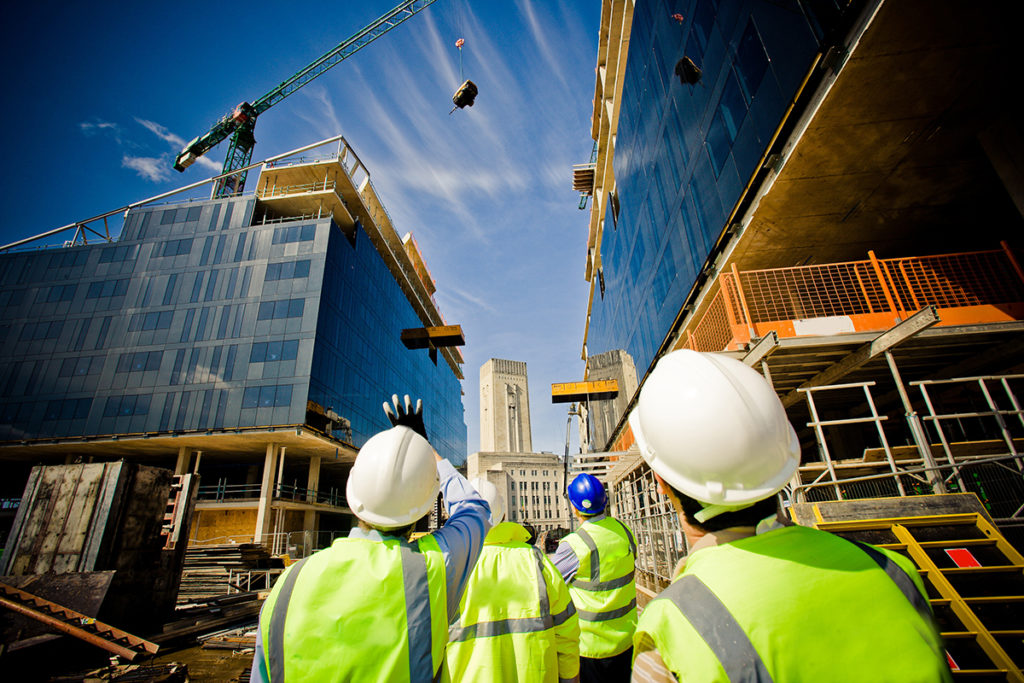
OFFICE buildings that fail to demonstrate how they support the health and wellbeing of users have been described as being at risk of becoming ‘redundant’.
A webinar hosted by the Building Engineering Services Association (BESA) heard of the ‘astounding’ pace of change expected in workplaces over the next decade.
Frances Brown, senior associate at engineering practice Hoare Lea, said, “Employers now need to treat staff as customers…and health and wellbeing is a big selling point. We are moving towards a service model for workspaces and people will want to get what they are paying for, including the right indoor environment, rather than just a physical space.”
She said future workspaces would have to use digital systems to provide users with information about conditions so they could decide ‘where to work and what is best for the planet’.
“The current rate of learning for our industry is phenomenal,” Brown added. “We are now able to study performance data in much greater detail both to help reduce carbon emissions and improve the user experience. So, you have to ask, will we still be building new offices from steel, glass and concrete in the future?”
Graeme Fox, BESA’s head of technical, chaired the webinar and said it was increasingly important that buildings found a way to demonstrate they were ‘safe havens’ from conditions that could be harmful to health including poor indoor air quality. He said QR codes could be more widely used to provide information about indoor conditions.
The role of office lighting was highlighted by Ruth Kelly Waskett, president of the Society of Light and Lighting (SLL). “Daylight is one of the biggest components of a healthy office because it gives us a connection to the outdoors and has a direct impact on our sleep patterns,” she explained. “Circadian rhythms are disrupted by artificial light and there are some very scary statistics about cancer in shift workers.
“We must design workspaces that give people access to natural light and make greater use of smart lighting to improve working conditions.”
Jordan Jeewood, product marketing executive at Mitsubishi Electric, said the industry should make more use of ‘modular approaches that improve flexibility’ in offices. “This will help to improve whole-life carbon performance and affect the construction materials and the type of products used to keep occupants comfortable in the building,” he added. “All manufacturers are now working on the embodied carbon of their equipment.”










